Stephen James Krol
Exploring the Needs of Practising Musicians in Co-Creative AI Through Co-Design
Feb 13, 2025Abstract:Recent advances in generative AI music have resulted in new technologies that are being framed as co-creative tools for musicians with early work demonstrating their potential to add to music practice. While the field has seen many valuable contributions, work that involves practising musicians in the design and development of these tools is limited, with the majority of work including them only once a tool has been developed. In this paper, we present a case study that explores the needs of practising musicians through the co-design of a musical variation system, highlighting the importance of involving a diverse range of musicians throughout the design process and uncovering various design insights. This was achieved through two workshops and a two week ecological evaluation, where musicians from different musical backgrounds offered valuable insights not only on a musical system's design but also on how a musical AI could be integrated into their musical practices.
No Longer Trending on Artstation: Prompt Analysis of Generative AI Art
Jan 24, 2024
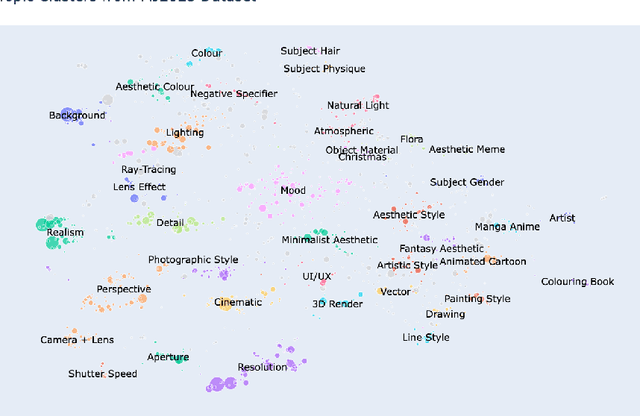

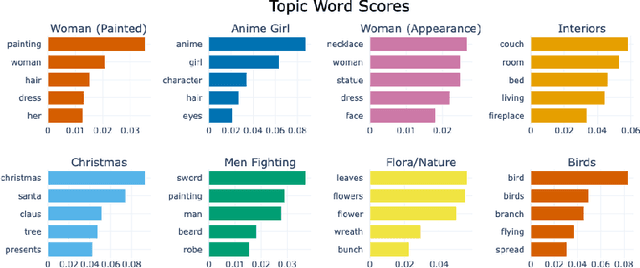
Abstract:Image generation using generative AI is rapidly becoming a major new source of visual media, with billions of AI generated images created using diffusion models such as Stable Diffusion and Midjourney over the last few years. In this paper we collect and analyse over 3 million prompts and the images they generate. Using natural language processing, topic analysis and visualisation methods we aim to understand collectively how people are using text prompts, the impact of these systems on artists, and more broadly on the visual cultures they promote. Our study shows that prompting focuses largely on surface aesthetics, reinforcing cultural norms, popular conventional representations and imagery. We also find that many users focus on popular topics (such as making colouring books, fantasy art, or Christmas cards), suggesting that the dominant use for the systems analysed is recreational rather than artistic.
Creative Discovery using QD Search
May 08, 2023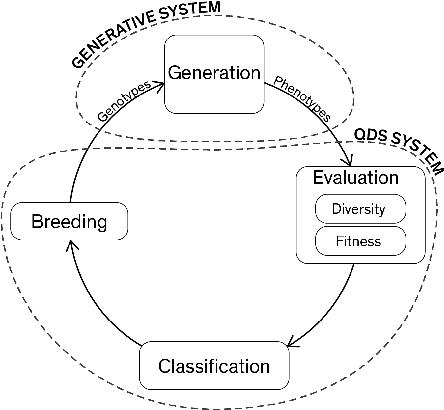

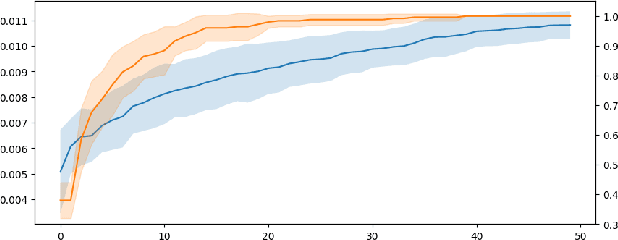
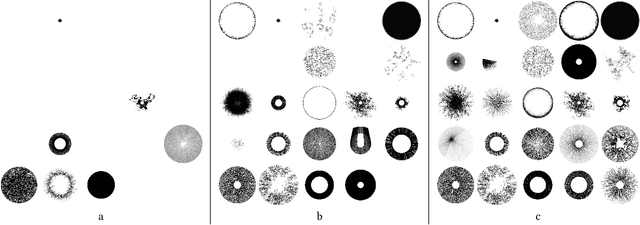
Abstract:In creative design, where aesthetics play a crucial role in determining the quality of outcomes, there are often multiple worthwhile possibilities, rather than a single ``best'' design. This challenge is compounded in the use of computational generative systems, where the sheer number of potential outcomes can be overwhelming. This paper introduces a method that combines evolutionary optimisation with AI-based image classification to perform quality-diversity search, allowing for the creative exploration of complex design spaces. The process begins by randomly sampling the genotype space, followed by mapping the generated phenotypes to a reduced representation of the solution space, as well as evaluating them based on their visual characteristics. This results in an elite group of diverse outcomes that span the solution space. The elite is then progressively updated via sampling and simple mutation. We tested our method on a generative system that produces abstract drawings. The results demonstrate that the system can effectively evolve populations of phenotypes with high aesthetic value and greater visual diversity compared to traditional optimisation-focused evolutionary approaches.
Is Writing Prompts Really Making Art?
Feb 02, 2023



Abstract:In recent years Generative Machine Learning systems have advanced significantly. A current wave of generative systems use text prompts to create complex imagery, video, even 3D datasets. The creators of these systems claim a revolution in bringing creativity and art to anyone who can type a prompt. In this position paper, we question the basis for these claims, dividing our analysis into three areas: the limitations of linguistic descriptions, implications of the dataset, and lastly, matters of materiality and embodiment. We conclude with an analysis of the creative possibilities enabled by prompt-based systems, asking if they can be considered a new artistic medium.
 Add to Chrome
Add to Chrome Add to Firefox
Add to Firefox Add to Edge
Add to Edge